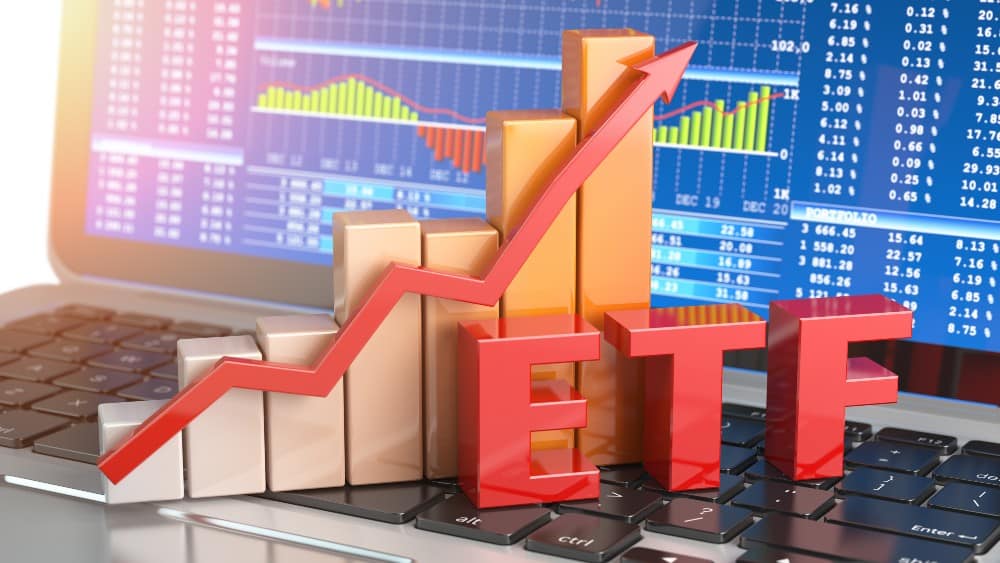I think $1,000 is the perfect amount to start investing in Canadian bank stocks. It’s enough to dip your toes in, but if there’s a downturn, you’re not torpedoing your portfolio.
That being said, you don’t need to go out and buy all six Big Bank stocks yourself. There’s no shortage of ETFs that do the work for you, giving you instant diversification in a single trade.
With $1,000, there’s one higher-risk option I like – the Hamilton Enhanced Canadian Bank ETF (TSX:HCAL). Here’s how it works.
HCAL: The index
To understand HCAL, you first need to understand its benchmark – the Solactive Equal Weight Canada Banks Index.
This index holds all six Big Bank stocks in equal proportions and is rebalanced periodically to maintain that balance. Unlike market-cap-weighted indexes that give more weight to the largest banks, this approach ensures no single bank dominates the portfolio.
HCAL is a passive ETF, meaning it doesn’t actively pick stocks or time the market. Instead, it simply buys and holds the same stocks as its benchmark – in this case, the six major Canadian banks.
This makes HCAL a straightforward way to own the entire banking sector, without having to decide which bank will perform best. By keeping all six banks at equal weight, it avoids overconcentration in the biggest players while still benefiting from the sector’s long-term growth.
HCAL: The leverage
What really sets HCAL apart for me is its use of light leverage to enhance both yield and returns.
Normally, most ETFs only invest up to 100% of their assets – meaning they buy stocks with the cash they have. But HCAL takes it a step further by using leverage, allowing it to invest up to 125% of its net asset value (NAV).
In simple terms, for every $100 HCAL has, it borrows an additional $25 to invest in the same Big Bank stocks. This extra exposure boosts potential dividends and capital gains, but it also means more volatility.
Because of this leverage, HCAL amplifies both the ups and downs of the banking sector, making it a higher-risk, higher-reward ETF compared to traditional bank funds.
HCAL: The income
As of March 11, HCAL’s current distribution yield is 6.2%. This yield is calculated by taking HCAL’s most recent monthly distribution, annualizing it (multiplying by 12), and then dividing that figure by the ETF’s current net asset value (NAV).
Essentially, it’s a snapshot of what yield you can expect if future payouts remain similar based on today’s price.
The distribution itself is made up mostly of qualified dividends, since HCAL only holds the Big Six banks, but it also includes some return of capital (ROC).
If you’re holding HCAL in a registered account like a Tax Free Savings Account (TFSA) the breakdown doesn’t really matter since there’s no immediate tax impact.
But in a non-registered account, the qualified dividends benefit from a lower tax rate, while the return of capital portion reduces your cost basis, meaning you’ll pay nothing at the moment but will owe more in capital gains tax when you sell.

